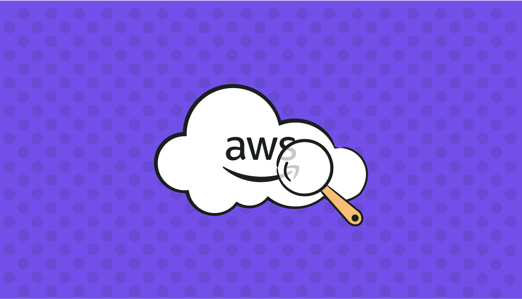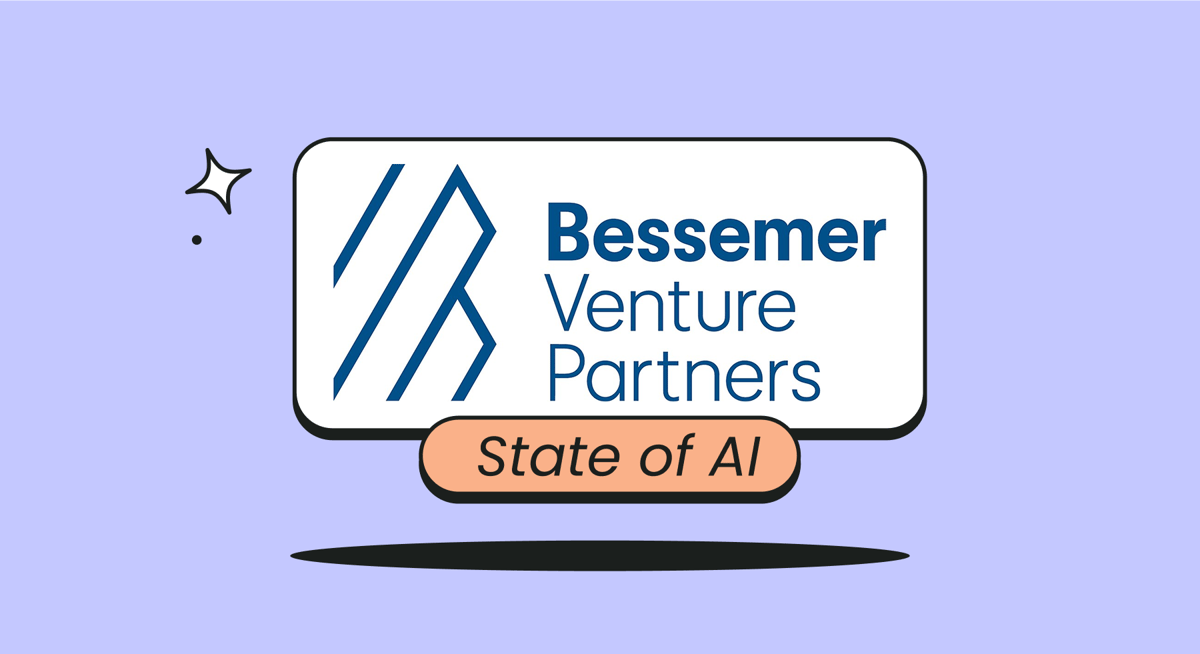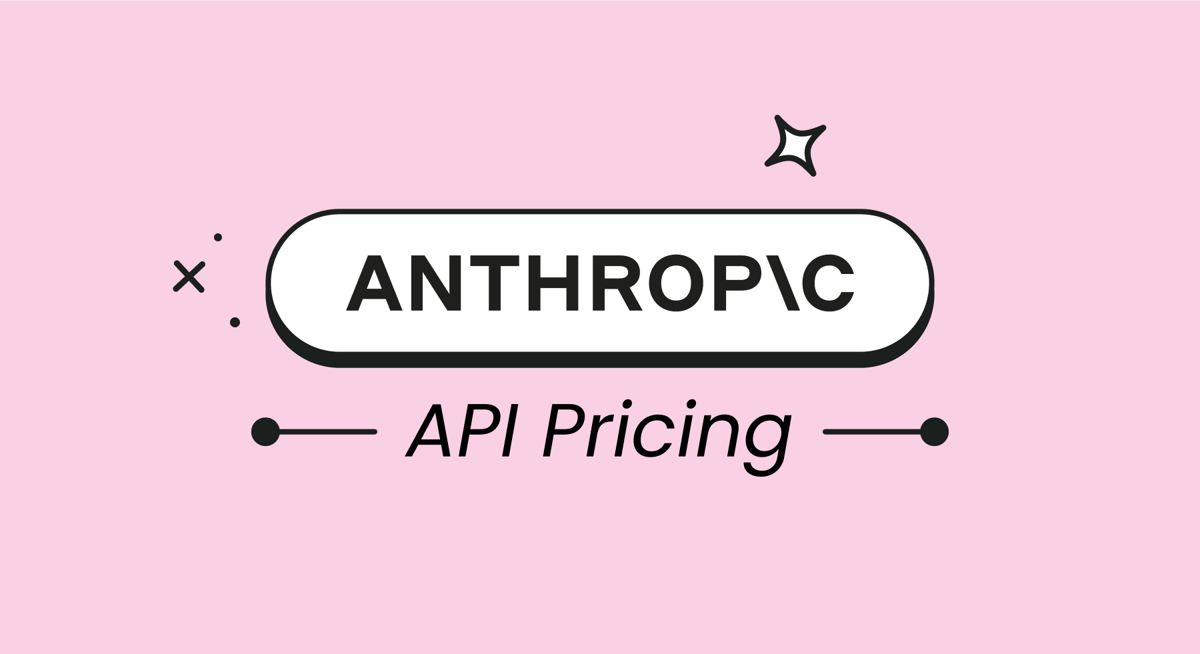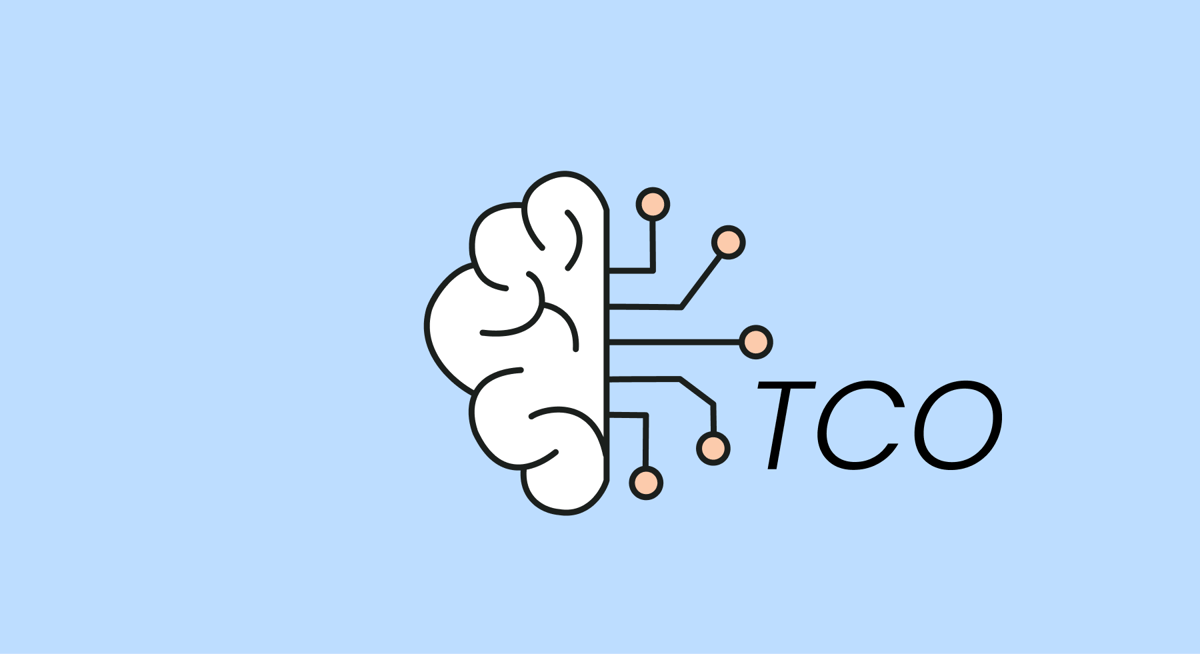
What Is FinOps?
FinOps is a framework and organizational paradigm which aims to increase the business value of cloud investments. It provides the data needed for informed decision making and encourages financial accountability via collaboration between technical roles, finance, and business teams.
The FinOps framework guides organizations in the efficient allocation of cloud resources, balancing cost, performance, and quality requirements.
FinOps Adoption in the AWS Community
FinOps practices are becoming increasingly important in the AWS community, driven both by Amazon itself and its users.
AWS FinOps Research Paper
AWS published a special research paper on FinOps, explaining the primary cloud cost management challenges and how to address them with organizational practices and AWS tools. The diagram below summarizes Amazon’s guidance for AWS users, organized under four pillars: See, Save, Plan, and Run.

Source: AWS FinOps Research Paper
AWS Cloud Finance Certification
Amazon offers AWS Cloud for Finance Professionals, a 2-day course introducing cloud cost management, guided by an expert AWS instructor and offered in collaboration with the FinOps Foundation. The curriculum covers a range of topics, including defining the cloud business value, estimating costs for current and projected cloud workloads, and utilizing various AWS tools for reporting, monitoring, allocation, optimization, and financial planning.
AWS Joins the FinOps Foundation
In late 2023, AWS joined the FinOps Foundation as a premier member. AWS leadership announced that they plan to share best practices via FinOps Foundation channels, participate in the FinOps Foundation board and committees, participate in global FinOps events, and help create the new, open billing standard, known as FinOps Open Cost and Usage Specification (FOCUS).
Benefits of Adopting FinOps Practices AWS
Here are a few ways your organization can benefit from FinOps practices as an AWS user:
- Cost Control
FinOps empowers teams to set budgetary controls and alerts to manage AWS costs proactively. By establishing clear financial governance and policies, organizations can prevent unexpected overspending and ensure projects stay within budget. Real-time monitoring and reporting tools in AWS facilitate immediate identification of cost overruns.
- Financial Accountability
FinOps promotes an organizational culture where teams are conscious of their cloud spending. When making extensive use of AWS services, FinOps encourages departments to take ownership of their cloud usage, making informed decisions to optimize costs. This shift in mindset leads to more efficient use of resources, as teams strive to improve their financial performance.
- Resource Optimization
By continuously analyzing performance and usage data, FinOps enables organizations to right-size their AWS resources, accurately matching capacity with demand. This practice reduces unnecessary costs and boosts performance by ensuring that applications and services run on optimally configured resources.
- Cost Optimization
Implementing FinOps in AWS enables organizations to identify and eliminate wasted cloud resources, ensuring that spending is aligned with actual usage. Through granular visibility into AWS usage and costs, FinOps helps pinpoint areas where expenses can be reduced without compromising service quality.
AWS offers pricing models such as Reserved Instances and Savings Plans, which FinOps teams can leverage for cost optimization. Analyzing usage patterns and forecasting future demand allows teams to commit to these models confidently, reducing costs significantly over time.
AWS-Native FinOps Tools
AWS provides several free tools that can be used to implement FinOps practices.
1. AWS Budgets
AWS Budgets allows users to set custom budgetary limits and receive alerts when costs or usage exceed predefined thresholds. This tool aids in enforcing financial discipline, enabling teams to monitor spending trends and adjust as necessary.
AWS Budgets also facilitate proactive cost management. It integrates with other AWS services, making it possible to trigger automated actions in response to budgetary status, such as adjusting resource levels or pausing non-essential services.

Source: AWS
2. AWS Cost and Usage Reports
AWS Cost and Usage Reports provide visibility into AWS expenditures and usage, enabling detailed analysis and informed decision-making. These reports can help identify cost drivers and optimization opportunities. Organizations can leverage this data to refine cloud strategies, ensuring alignment with financial objectives.

Source: AWS
3. AWS Compute Optimizer
AWS Compute Optimizer aids in identifying optimal AWS Compute resources for your workloads. By analyzing historical usage data, it recommends instance types and sizes that could lower costs or enhance performance.
Implementing these recommendations can lead to significant savings and performance improvements, as resources are more closely aligned with actual needs.

Source: AWS
4. AWS Cost Explorer
AWS Cost Explorer provides detailed insights into AWS spending patterns, supporting effective cost management and optimization. Its interface allows users to visualize expenditures over time, identify trends, and uncover opportunities for savings. Additionally, Cost Explorer's forecasting feature predicts future spending, supporting financial planning.

Source: AWS
5. AWS Trusted Advisor
AWS Trusted Advisor acts as an automated cloud consultant, providing recommendations to improve AWS environment security, performance, and cost efficiency. It highlights areas where changes can yield financial benefits, such as unused resources or suboptimal configurations.
Adopting Trusted Advisor's suggestions can lead to improved cost efficiency and resource utilization, aligning with FinOps principles.

Source: AWS
6. AWS Cost Anomaly Detection
AWS Cost Anomaly Detection utilizes machine learning to identify and alert on unusual spending patterns, indicating potential issues or optimization opportunities. This early warning system helps prevent budget overruns by detecting anomalies before costs escalate.
By addressing these anomalies promptly, organizations can avoid unexpected expenses and maintain financial control. The tool enhances FinOps practices by adding a layer of intelligence to cost management, helping to safeguard against unplanned expenditures.

Source: AWS
7. AWS CUDOS
AWS CUDOS (Cost and Usage Dashboard Optimization Solution), is a set of dashboards and best practices that provide visibility and control over AWS spending. It offers a detailed analysis of cost and usage data across various services and accounts, which helps users identify and address areas of excessive spending.
The tool allows for significant customization, enabling users to tailor the dashboards to their specific needs and business objectives. Additionally, it integrates AWS best practices for cost optimization directly into the user interface, guiding users toward effective cost management.

Source: AWS
Related content: Read our guide to FinOps tools
Limitations of AWS-Native FinOps Tools
- Look-Back Periods are Short
AWS-native tools have relatively short look-back periods (typically two weeks) for analyzing usage and spending patterns. This can limit the depth of historical analysis available to organizations, making it challenging to identify long-term trends and to make accurate predictions for future spending.
A more extended look-back period is required for a more comprehensive understanding of cost dynamics and to help in planning more effectively for future needs and budget allocations.
- Collecting and Analyzing Limited Data
The data collection and analysis capabilities of AWS-native FinOps tools are often limited to AWS-specific metrics and usage patterns. This limitation can be a significant drawback for organizations seeking a comprehensive view of their cloud operations, including performance, cost, and usage across multiple cloud services.
A more extensive data collection and analysis framework is needed for a holistic understanding of cloud operations, supporting more informed decision-making and optimization efforts.
- Limited Customizability
Organizations with specific reporting requirements or those that need to align their cloud cost management practices with unique business objectives may find these tools less adaptable.
The ability to customize reports, alerts, and optimizations is crucial for tailoring FinOps practices to meet the specific needs of an organization, which may not always be possible with off-the-shelf AWS tools.
- Complex to Manage
AWS tools offer powerful functionalities for identifying cost-related issues. However, they can require significant manual configuration and are often complex to manage. Setting up and maintaining these tools to match the specific needs of an organization can be resource-intensive.
- AWS Tools Don’t Provide a Complete FinOps Solution
While AWS-native FinOps tools offer valuable functionalities for cost management and optimization, they do not represent a comprehensive solution for FinOps practices. Organizations often require a more holistic approach that integrates cost management with broader financial operations and planning.
In addition, most organizations work with multiple cloud providers, and you might be using services like data warehouses, CDNs, or observability solutions, which complicate the expense profile. In these cases, native AWS tools can only show part of the data and will not allow holistic cost optimization.
Why Using Finout can elevate your AWS FinOps game
Finout's FinOps solution is particularly adept at managing AWS costs, including those associated with Amazon Elastic Kubernetes Service (EKS), making it an excellent tool for organizations leveraging AWS's extensive cloud services. This platform facilitates real-time cost allocation and reassignment across the entire AWS infrastructure, which is pivotal for companies with intricate and dynamic cloud environments.
With AWS's diverse offerings, costs can be fragmented across various services such as EC2, S3, and RDS, in addition to EKS. Finout integrates these costs into a unified financial view, allowing for on-the-fly reallocation based on actual usage. This capability is critical for maintaining financial clarity and ensuring that each team or project is accurately billed for their specific resource consumption, thus supporting cost transparency and accountability.
Furthermore, Finout's sophisticated cost management tools enhance decision-making regarding AWS spending. They provide functionalities like predictive budgeting and anomaly detection, which are essential for optimizing expenditures and improving operational efficiency. By giving organizations the ability to map spending to business outcomes directly, Finout helps ensure that investments in AWS are both justifiable and aligned with business objectives. This makes it an invaluable tool for companies aiming to maximize their AWS investments and streamline their cloud financial management processes.
See Finout in the AWS Marketplace: Learn more about Finout for AWS





![What Is Kubernetes? Definitions, Components & Use Cases [2025]](https://www.finout.io/hs-fs/hubfs/k8s18-Kuberenetes%20Pricing-1.png?width=1200&height=688&name=k8s18-Kuberenetes%20Pricing-1.png)

